How to build the perfect smartphone
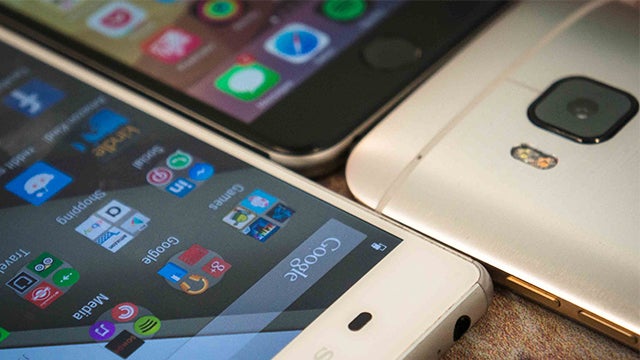
What would make the perfect phone?
Google’s Project Ara hints at a near-future world where we effectively build our own smartphones from modular components.
In a smartphone industry where each and every product represents a compromise of some sort, that’s a compelling proposition.
So let’s think that premise through to its logical conclusion. In an ideal situation, which components would you take from which handsets to make your perfect smartphone?
It’s surprisingly tricky in some respects, but here’s what we came up with.
Design: HTC One M9
A smartphone’s physical design is arguably the most subjective of the lot. After all, what makes for a good smartphone design? How it looks? How it feels? How resistant it is to daily wear and tear?
We’ve reached a conclusion based on a mixture of all of these factors, and that’s why we’ve picked the HTC One M9.
The phone itself got a bit of a kicking when it launched earlier this year, but there’s little faulting HTC’s design work. Yes, it looks very similar to last year’s HTC One M8, but then that was arguably the best-designed phone of 2014.
HTC has improved that beautiful phone by making the M9 less slippery to hold, with its unibody aluminium construction subtly textured so that it holds firm in the hand. Even if you do drop it, we’d back it to survive over another contender, the Samsung Galaxy S6.
SEE ALSO: HTC One M9 review
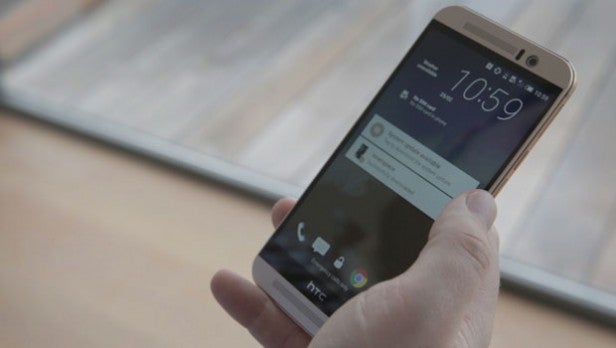
Samsung’s new phone is a massive improvement for the range, and it’s undoubtedly one of the best-looking phones around. But we have to doubt the wisdom of going with a glass surface for the back, Gorilla Glass 4 or not. That huge camera bulge doesn’t look like the smartest of design choices either.
And what of the iPhone 6? Apple is always a front-runner when it comes to design, but the latest model is arguably its least iconic effort to date. It also features a couple of distinctly un-Apple design missteps, such as the sticky-outy camera lens and those ugly plastic antennae.
The final straw with the iPhone 6 is the whole ‘Bendgate’ fiasco, whereby a number of customers reported that the phone would bend under moderate pressure, such as when carrying it in a tight jeans pocket. Whether this has been blown out of proportion or not (we suspect it has), it would be tough to give such a phone the design crown off the back of such a high profile complaint.
Almost by a process of elimination, then, the HTC One M9 would be the phone design we’d choose to house all of the following components.
Is it perfect? No. But it’s well built, good looking, sits nicely in one hand, and doesn’t have any unsightly bulges. Oh, and it also comes with the best speakers in the business in the form of its front-facing stereo BoomSound setup, which is nothing to be sniffed at.
Screen: Samsung Galaxy S6
This one was perhaps the easiest component to decide upon, in truth. Don’t get us wrong, there are plenty of great smartphone displays out there, but among such a distinguished field, the Samsung Galaxy S6 rules supreme.
Yes, it’s sharp. With a Quad-HD resolution (2560 x 1440) that offers four times the number of pixels of a 720p display, it’s not far off being twice as pixel-dense as the smaller iPhone 6’s (577ppi versus 326ppi).
But that sharpness is a surprisingly small part of what makes the Galaxy S6’s display so great. In fact, we’d question whether so many pixels is strictly necessary – the difference between 1440p and 1080p in a 5.1-inch display simply isn’t all that noticeable in many cases.
Incidentally, screen size is one of the smaller reasons we went with the Galaxy S6 display. Yes, some will prefer the one-handed usability of the 4.7-inch iPhone 6, while others will swear by the productivity-boosting 6-inch Nexus 6. But as a nice balance of the two, we reckon 5 inches is about right for most people.
SEE ALSO: Samsung Galaxy S6 review
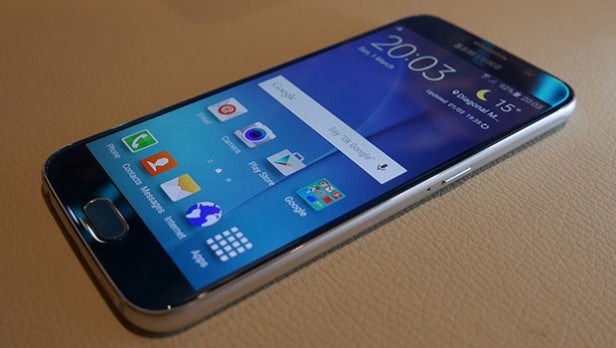
Lots of phones have 5-inch displays, of course. None have the Galaxy S6’s mixture of brightness, vibrancy, and colour accuracy. It’s a Super AMOLED display, which means that colours pop way more than on most LCD equivalents – only the LG G4’s screen and maybe the Sony Xperia Z3’s really come close – and its blacks are inkier than any.
Yet where the Super AMOLED technology of the Moto X, for example, leads to horribly inaccurate, tinted colours, the Galaxy S6 is capable of getting very close to the ideal reference colour temperature value of 6500K, if you choose the right settings – yep, it’s adjustable too.
This screen is also plenty bright, stretching to the 500 to 600 nits brightness region depending on whether it’s being used outside or inside. That’s iPhone 6 territory.
Camera: iPhone 6 Plus
If we had run this article just three months ago, the matter of which smartphone camera to choose wouldn’t have been up for debate at all. Such has been the stranglehold Apple’s iPhone range has had on the field of smartphone photography.
But in April of this year, two great Android phones with phenomenal cameras were released in the shape of the Samsung Galaxy S6 and the LG G4.
Honestly, we could happily go with either of those phones here for our camera pick. Both provide crisp 16-megapixel images with fast and reliable autofocus and great low light performance. Both have bright sub-f/2.0 lens apertures, too.
Add in the fact that both come with exemplary manual control modes that provide relatively easy access to advanced settings, and you can see our predicament. We also love how the Galaxy S6 provides a super-fast shortcut to the camera with a double tap of the home key.
But still, we come back to the iPhone 6 Plus, which has a camera better than the iPhone 6’s solely thanks to the presence of OIS. Yes, it’s ‘only’ an 8-megapixel snapper, with a mere f/2.2 lens. This means that you won’t be able to blow its images up quite so large, and it won’t capture quite as much light in dim conditions.
SEE ALSO: iPhone 6 Plus review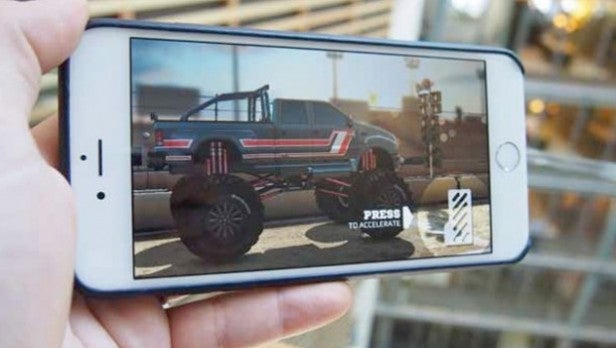
Yet it still offers the best all-round images in many everyday situations, largely thanks to a combination of Apple’s peerless software, advanced image signal processor technology, and its exemplary optics. While the numbers don’t particularly go in its favour, the results speak for themselves.
That’s not to say that the iPhone 6 Plus’s pictures are definitively superior to its aforementioned rivals across the board. It’s swings and roundabouts really. But the simple ease with which you can point and shoot, and the sheer reliability of the iPhone’s camera in a variety of situations without the user having to bother with fiddly manual controls, brings it out on top. Just.
Smartphone cameras have gotten a lot better, but what we want to see from them hasn’t really changed in years. Primarily, we want quick, reliably sharp snaps with no faffing around. Others will justifiably disagree, but the iPhone 6 Plus still gets our vote on that front.
Battery: Sony Xperia Z3
This one isn’t as simple as it sounds. We’re not just talking about the biggest battery here – otherwise we’d just pick one from a physically huge phablet like the Nexus 6 or the Galaxy Note 4 and be done with it.
No, while battery size is important, it’s also about the way in which a phone’s manufacturer manages that power. It’s a combination of hardware and software, in other words.
With that in mind, we’ve chose the battery of the Sony Xperia Z3 to slot into our chimera-phone. We’ll ignore the simple fact that a device’s power consumption involves a delicate balancing act of pretty much every other component involved in this discussion for a second.
Flawed premises aside, no current phone ekes out the juice as well as the Sony Xperia Z3. For starters, it’s a big unit for a 5.1-inch device. At 3100 mAh, it’s closer to the size of battery used in the 6-inch Nexus 6 than the 2550mAh battery used in the similarly sized Galaxy S6.
But also, Sony has made that extra power stretch a long way. You can get two full days of use out of the Z3 even without activating its excellent last-ditch power-saving mode. At a time when we’re generally relieved to see our high-end phones lasting through until bedtime on the day of its charging, that’s some feat.
When you do need to stretch things out further, there’s that power-saving mode we just spoke about. Or rather, we should probably say, power modes. Sony gives you a few to choose from here, you see.
There’s Stamina Mode, which switches off Wi-Fi and mobile data when the screen is off. Then there’s Ultra Stamina Mode, which turns off everything except for a few basic functions, effectively turning your handset into a dumb phone until you can recharge.
Finally, there’s Low-battery Mode, which smartly turns off power-hungry functions only when your battery level drops to a certain point.
The point is, with the Sony Xperia Z3, Sony not only gives you oodles of power; it also gives you the tools to manage that power depending on your usage. It’s the most energy-conscious smartphone around.
SEE ALSO: Which phone has the best battery life? 5 top smartphones tested and compared
UI and software: iPhone 6
We were tempted to cop out here and list both the iPhone 6‘s iOS 8 and the Nexus 6’s Android Lollipop. And if we were able to mix and match various elements of those two platforms, we would.
But we’re talking big picture stuff here – an overall software ecosystem. And in that respect, iOS remains the best.
Android Lollipop is, in many ways, a more advanced and more stylish OS than iOS 8. It’s fresher, arguably nicer to look at, and its handling of things like notifications, multitasking, and third-party app integration remain well ahead of iOS 8’s cautious dabbling.
But it’s also less stable than Apple’s solution, and the Google Play Store, while much improved, still isn’t up to the App Store’s standard.
SEE ALSO: What’s new in iOS 9?
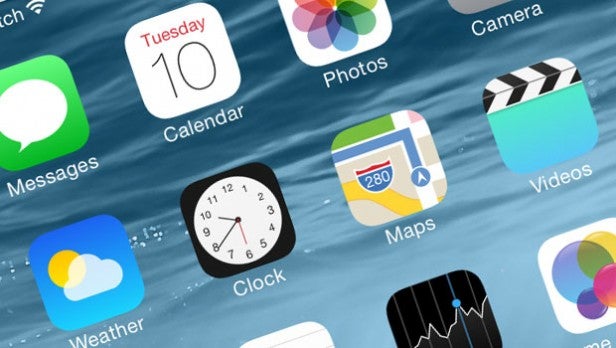
As we say, the app situation has improved massively on Android, and the current Google Play store is nice to navigate and home to most, if not all, of the big apps. But the best apps and games still come to the App Store first. They often tend to run better too, but that’s largely down to Apple’s unified hardware spec, which we’re pretty much abandoning with the whole premise of this feature.
As for iOS 8 itself, well, it might be a little conservative, but it remains pleasant to use and deeply functional. Apple has embraced many of Android’s best features like the aforementioned notifications and (hallelujah) third party app integration, while its continuity feature makes it even more appealing to Mac users. When it comes to just getting normal smartphone tasks done quickly and without hassle, you can’t really beat iOS.
Android fans will always prefer Android and iOS fans will always prefer iOS. We accept that, and understand the protests of Google fans. But as an overall software package, including both UI and apps, iOS earns its place on our ideal smartphone.
Seriously, though, are you sure we can’t mix and match on this one?
Power: Samsung Galaxy S6
Finally, we’ll discuss the beating heart of this Frankenstein’s monster of a phone. Its processor.
If we’re going with iOS as the operating system, and the iPhone 6 Plus’s camera, you might think that we should go with the Apple A8 chip. That would appear to make a lot of sense, but that’s not really what this piece is about.
We’re not trying to explain away a unified phone here. This is a purely speculative pick of the absolute best components, irrespective of how they might correspond to each other.
And in that light, there’s no better smartphone processor right now than the Samsung Galaxy S6’s 64-bit Exynos 7420, which is accompanied by a Mali T760 GPU and a generous 3GB of RAM.
It’s built to a 14nm standard, which is the smallest of any mobile chip currently in mass production, meaning it can draw forth more performance without sucking the battery dry and ramping up the heat levels (something the 20nm Snapdragon 810 has struggled with).
This is an octa-core chip, which means that it runs two sets of quad-core configurations, one for normal or low-power tasks, and one for those occasional high-end tasks like 4K video and 3D games. ARM calls this approach big.LITTLE.
Other chips, such as the Snapdragon 810, adopt a similar approach, yet they still don’t manage to get close to the Exynos 7420 in most areas of performance. This is clearly evident from the way it aces most of the benchmark tests it’s possible to put such devices through.
The popular Geekbench 3 test is particularly telling. Here the Galaxy S6 hammers all of its rivals in multicore stress tests. It’s not even close.
But perhaps more impressive is the fact that the Galaxy S6 almost matches the iPhone 6 on the single-core test.
Much is made of the fact that Apple has gone a different way with its A-series of processors. While the Android chip brigade throws ever more cores into the mix, Apple’s has stuck with a dual-core set-up for several generations now, but has made those two cores individually very fast and responsive.
SEE ALSO: Galaxy S6 Edge review
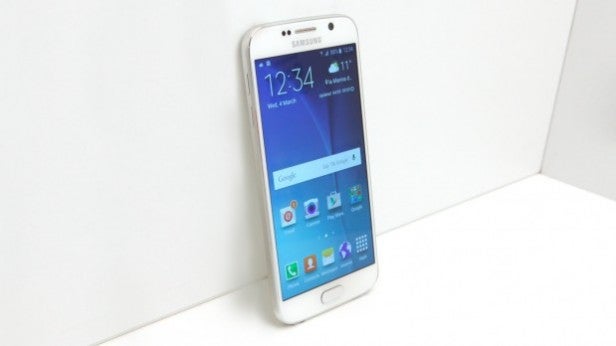
Given that many smartphone tasks still don’t fully capitalise on a multi-core setup, this makes a certain amount of sense, and it’s one of the reasons why iPhones always perform so smoothly in general usage.
SEE ALSO: Octa-core vs quad-core: Does it make a difference?
The fact that the Exynos 7420, with its supposedly dumb quad-core approach, more or less matches the dual-core A8 in single-core performance, and absolutely blitzes it in multi-core, marks it out as the chip to run our dream phone.
Benchmarks aside, the Galaxy S6 is simply a very fast and responsive phone. It jumps straight into apps as well as the camera, which not all Android phones can boast, while 3D gaming performance is impossible to fault – and that’s despite the fact that the Exynos chip is having to push around far more pixels than normal.
Special mentions – Waterproofing: Sony Xperia Z3+ & USB-C: OnePlus Two
These two features deserve a special mention and if we’re truly building the perfect smartphone, we’d certainly like to see them included.
While the previous Xperia Z3 packed the ability the withstand a meeting with water, it could only achieve this by covering all the ports with pesky flaps. These flaps have even been prone to breaking and refusing to stay shut, as has happened with our Z3. Thankfully, Sony has sorted these issues with its latest flagship. The Z3+ keeps an IP65/68 water resistant rating, but ditches the flaps and gives you complete access to the ports. It’s waterproofing, done right.
Even though the OnePlus Two isn’t quite out yet – it’s coming though, July 27 to be precise – the company behind the bargain smartphone has revealed that it will be the first ‘flagship’ to come packing USB-C tech.
SEE ALSO: What is USB-C?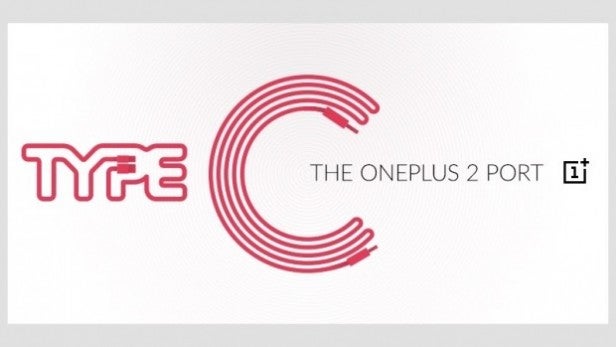
The nifty new charging port, which you might recognise from Apple’s super-slim MacBook, is completely reversible, boasts plenty of charging power and could totally replace microUSB in the next few years. If we’re building the perfect smartphone we’ll need it to be as future-proof as possible, so this is a must.
We’ve told you ours, now tell us yours. What would make up your perfect smartphone? Let us know in the comment box below.


